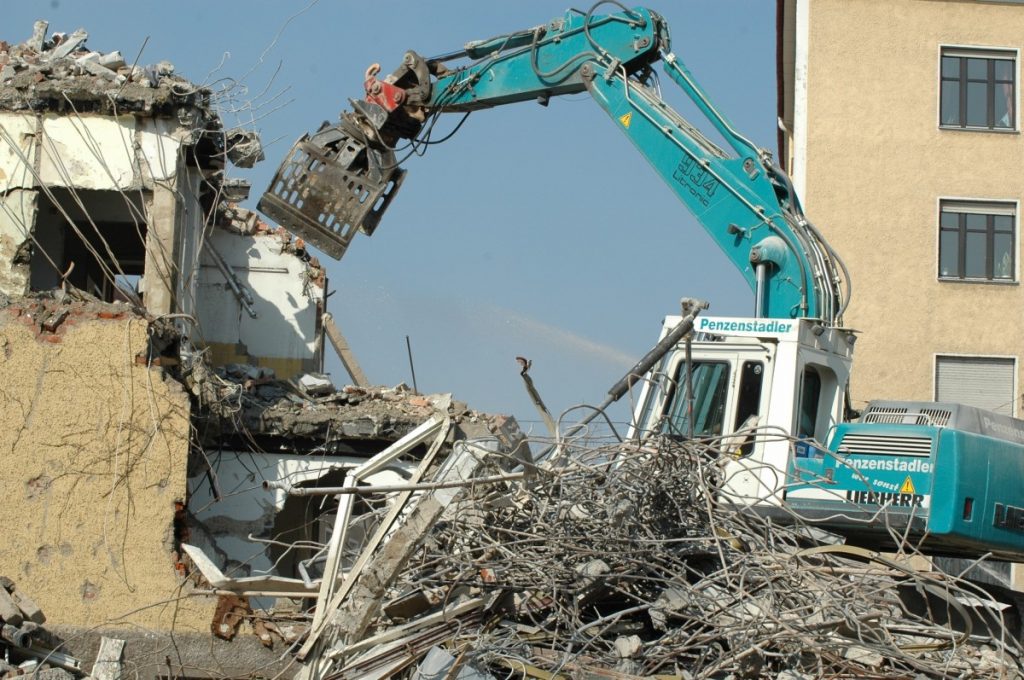The built environment, of which the construction sector is a crucial component, currently contributes some 40% of the UK’s carbon emissions
.
There are a lot of carbon emissions coming out of our buildings one way or another:
They are currently responsible for 33% of global energy consumption and 39% of greenhouse gas emissions.
Decarbonising buildings – Vision Group for Sidmouth
There’s also a lot of carbon needed in the actual construction of buildings in the first place:
Embodied carbon refers to carbon dioxide emitted during the manufacture, transport and construction of building materials, together with end of life emissions. So for example, if you are specifying concrete on a project then carbon will have been emitted making that concrete. Their emissions occur during extraction of the raw materials (the cradle), processing in a factory (factory gate), transporting the concrete to a construction site (site). This we refer to as the ‘embodied’ carbon.
Circular construction: a solution to embodied carbon in buildings – Vision Group for Sidmouth
There are some clever ideas and systems out there already:
“We should develop energy-efficient and low-footprint solutions for buildings, while resilience compels us to create scalable and responsive solutions simultaneously.”
Build back better: build low-impact, resilient buildings – Vision Group for Sidmouth
“The case for … never demolishing another building.”
“We have no choice. Our resources are waning. Some materials just won’t last forever.”
Urban mining: recycling buildings – Vision Group for Sidmouth
And there is more and more pressure to be taking this sort of action – as reported by the BBC earlier:
Climate change: Construction companies told to stop knocking down buildings

Britain’s top engineers are urging the government to stop buildings being demolished. They say the construction industry should where possible re-use buildings, employ more recycled material, and use machinery powered by clean fuels. They are concerned about “embodied emissions”, which is the CO2 emitted when buildings and materials are made.They believe that unlike carbon from aircraft, vehicles and gas boilers, embodied emissions are not in people’s minds…
The report, steered by the Royal Academy of Engineering, said a new way of thinking is needed before planning new homes, factories, roads and bridges. Prof Rebecca Lunn from Strathclyde University, one of the report’s authors, said: “Our biggest failure is that we build buildings, then we knock them down and throw them away. We must stop doing this.” Fellow author, Mike Cook, adjunct professor at Imperial College, challenged the government’s £27bn road-building programme because of the embodied emissions created to obtain the concrete and tarmac, as well as the use of very polluting machines to construct the highways…
The Royal Institution of Chartered Surveyors (RICS) estimates that 35% of the lifecycle carbon from a typical office development is emitted before the building is even opened. The figure for residential premises is 51%. The report has heartened the Architects’ Journal, which has been campaigning against any unnecessary demolition.
Climate change: Construction companies told to stop knocking down buildings – BBC News
With the report here:
Construction sector must move further and faster to curb carbon emissions, say engineers
The UK construction sector should decarbonise more urgently in line with the national emission reduction targets of 68% by 2030 and 78% by 2035, according to a report published today by the National Engineering Policy Centre, a partnership of 43 of the UK’s professional engineering organisations led by the Royal Academy of Engineering.
Decarbonising construction: building a new net zero industry calls on both government and the construction industry to set challenging but clear targets that will deliver the net zero transformation at pace and at scale.
More holistic and efficient building designs, combined with measures such as reusing building materials wherever possible and using non-fossil fuel powered machinery, could help to eliminate carbon emissions from building sites, says the report. The built environment, of which the construction sector is a crucial component, currently contributes some 40% of the UK’s carbon emissions and it is estimated that the construction sector contributes up to 11% of global carbon emissions. Government, as a major client of infrastructure and building projects, can play an important role by changing its approach to procurement, to reflect whole-life carbon performance.
The UK government, as part of its 10-point plan for a green industrial revolution, has stated a clear ambition to rebuild a greener economy following the COVID-19 pandemic. According to the November 2020 National Infrastructure Strategy, the construction sector is one that requires bold transformative action. This report identifies six overarching recommendations where action taken now will result in rapid decarbonisation of the construction sector…